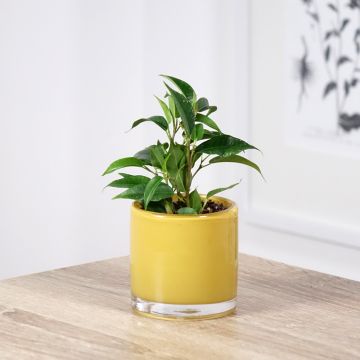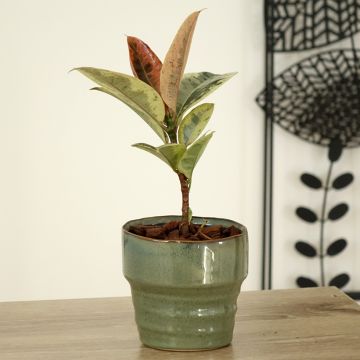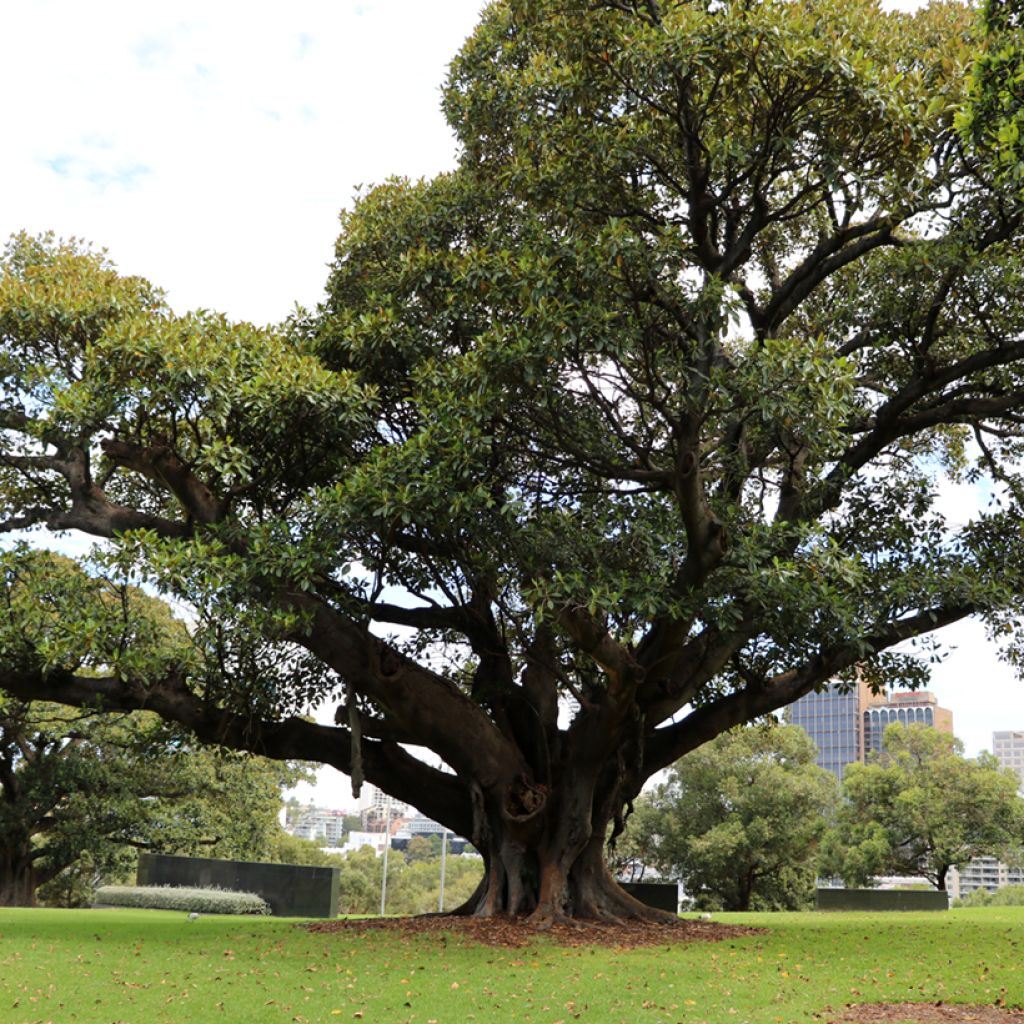

Ficus rubiginosa Australis - Port Jackson fig
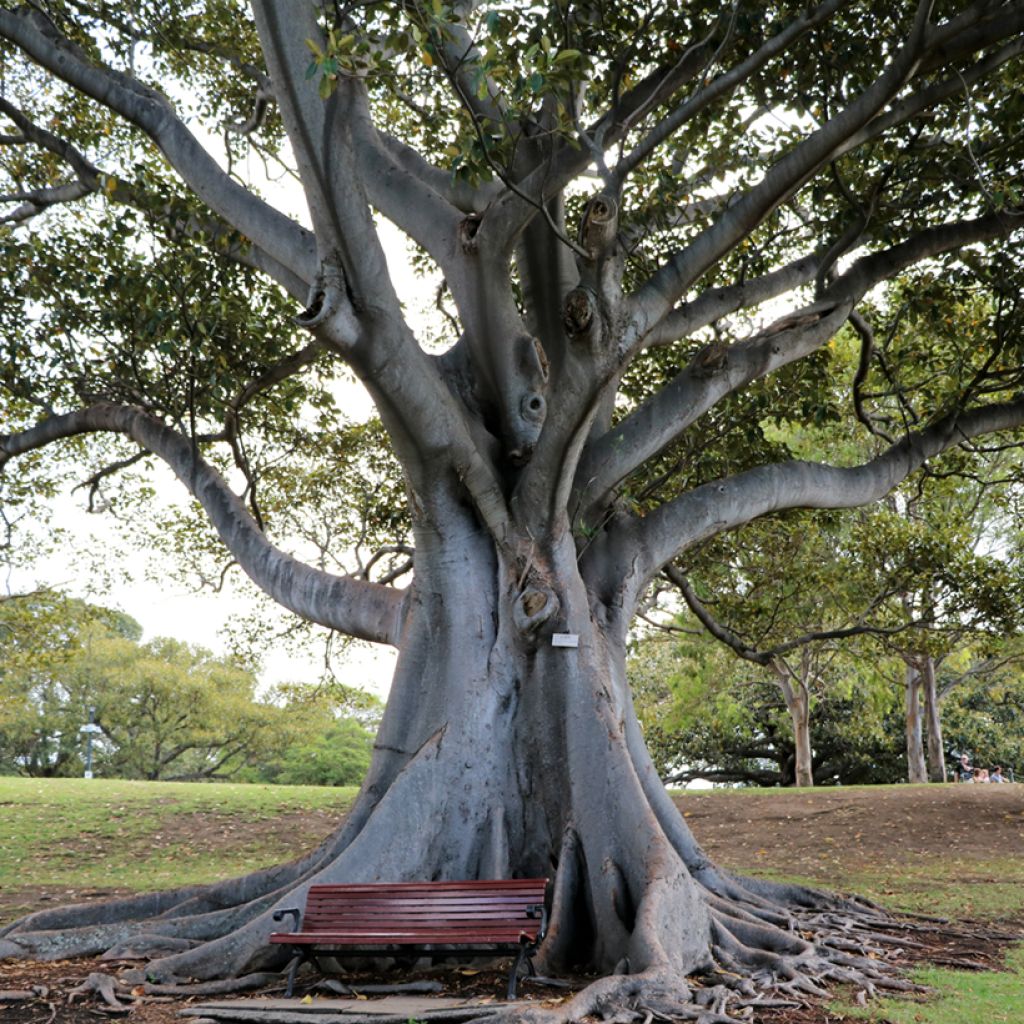

Ficus rubiginosa Australis - Port Jackson fig
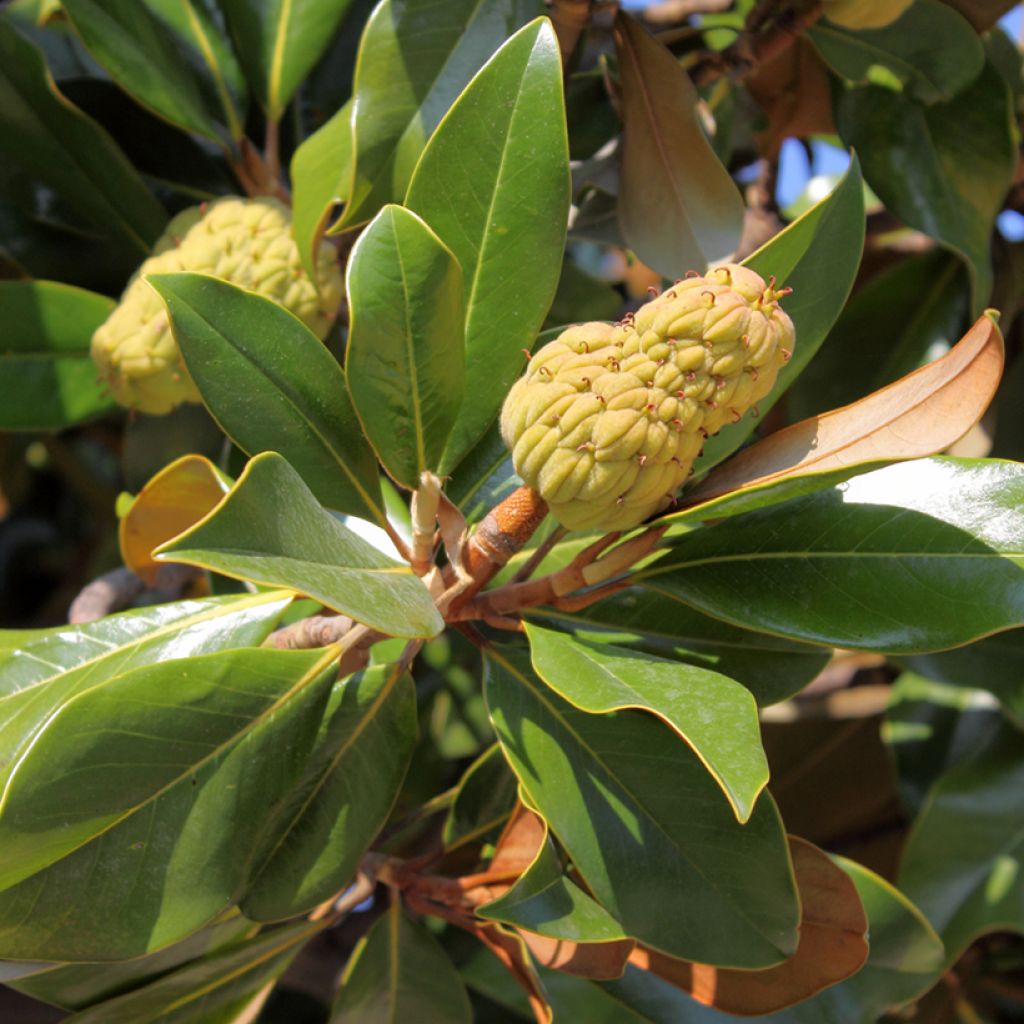

Ficus rubiginosa Australis - Port Jackson fig
Ficus rubiginosa Australis - Port Jackson fig
Ficus rubiginosa Australis
Port Jackson fig, Botany Bay fig, little-leaf fig, New South Wales banyan tree, rusty fig, rusty-leaved fig
Special offer!
Receive a €20 voucher for any order over €90 (excluding delivery costs, credit notes, and plastic-free options)!
1- Add your favorite plants to your cart.
2- Once you have reached €90, confirm your order (you can even choose the delivery date!).
3- As soon as your order is shipped, you will receive an email containing your voucher code, valid for 3 months (90 days).
Your voucher is unique and can only be used once, for any order with a minimum value of €20, excluding delivery costs.
Can be combined with other current offers, non-divisible and non-refundable.
Home or relay delivery (depending on size and destination)
Schedule delivery date,
and select date in basket
This plant carries a 30 days recovery warranty
More information
We guarantee the quality of our plants for a full growing cycle, and will replace at our expense any plant that fails to recover under normal climatic and planting conditions.
Description
Ficus rubiginosa 'Australis', also known as the Port Jackson Fig or Australian Fig, can be grown outdoors in frost-free coastal areas. In less favourable locations, it makes a very attractive houseplant or conservatory plant. Its ovate, glossy, deep green leaves create a soothing and sophisticated atmosphere in the home. Perched on a cinnamon-coloured trunk and crowned with a rounded, verdant canopy, this small tree adds character to a bright living room or well-lit office.
Ficus rubiginosa belongs to the Moraceae family, like all Ficus. Among its botanical synonyms are Mastosuke rubiginosa and Urostigma rubiginosum. It is an evergreen tree native to eastern Australia, particularly the regions of New South Wales and Queensland. In its natural habitat, it grows on the edges of tropical forests, in ravines, and on rocky hills. Its root system is capable of reaching deep for water between rocks. Ficus rubiginosa 'Australis' cannot tolerate temperatures below 5°C.
In the wild, Ficus rubiginosa can reach a height of 7 to 15 m and forms a large, bushy shrub. When grown in pots, the plant grows slowly and typically reaches around 1.50 m in all directions. It features a straight trunk topped with a dense, rounded crown. Its leaves are ovate to elliptical, measuring between 6 and 10 cm in length, with a dark green upper surface and a rust-coloured underside due to dense hairs. Although flowering is rare indoors, Ficus rubiginosa can produce small, globular figs that turn yellow when ripe. This variety, like other tropical ficus, may develop aerial roots, especially in conditions of high humidity. These roots, which descend from the branches towards the soil, add an attractive, exotic dimension to the plant. Indoors, their appearance is less frequent due to generally lower humidity, but with proper care, including adequate ambient humidity, it is possible to encourage their development. The name "rubiginosa" comes from the Latin "rubiginosus," meaning "rusty," referring to the rust-coloured hue on the underside of the leaves.
When grown indoors, Ficus rubiginosa 'Australis' requires abundant light, ideally indirect or filtered light. It prefers moderate to high ambient humidity and temperatures between 15 and 25°C, with no cold drafts. The substrate should be well-draining, and watering should be moderate, allowing the soil surface to dry out between waterings. Regularly misting the foliage is recommended to maintain adequate humidity and prevent the appearance of pests.
The sap of Ficus rubiginosa contains latex, which can be irritating to the skin and toxic if ingested. Therefore, it is advisable to keep the plant out of reach of children and pets.
With its striking presence, Ficus rubiginosa ‘Australis’ easily fits in a bright living room or spacious office. It is perfect for contemporary, bohemian, or tropical interiors. Plant it in a natural wooden container, such as a citrus crate or a large ceramic pot. To create a beautiful contrast, pair it with a Calathea orbifolia, with its large, graphic leaves, or a Philodendron scandens, with its trailing habit. This plant structures the space without overwhelming the entire room.
Report an error about the product description
Foliage
Plant habit
Botanical data
Ficus
rubiginosa
Australis
Moraceae
Port Jackson fig, Botany Bay fig, little-leaf fig, New South Wales banyan tree, rusty fig, rusty-leaved fig
Australia
Safety measures
Other Ficus - Indoor plant fig
View all →Location
Location
Maintenance and care
Watering tips
Potting advice, substrates and fertilisers
Houseplant care
Disease and pest advice
Maintenance and care
This item has not been reviewed yet - be the first to leave a review about it.
Haven't found what you were looking for?
Hardiness is the lowest winter temperature a plant can endure without suffering serious damage or even dying. However, hardiness is affected by location (a sheltered area, such as a patio), protection (winter cover) and soil type (hardiness is improved by well-drained soil).

Photo Sharing Terms & Conditions
In order to encourage gardeners to interact and share their experiences, Promesse de fleurs offers various media enabling content to be uploaded onto its Site - in particular via the ‘Photo sharing’ module.
The User agrees to refrain from:
- Posting any content that is illegal, prejudicial, insulting, racist, inciteful to hatred, revisionist, contrary to public decency, that infringes on privacy or on the privacy rights of third parties, in particular the publicity rights of persons and goods, intellectual property rights, or the right to privacy.
- Submitting content on behalf of a third party;
- Impersonate the identity of a third party and/or publish any personal information about a third party;
In general, the User undertakes to refrain from any unethical behaviour.
All Content (in particular text, comments, files, images, photos, videos, creative works, etc.), which may be subject to property or intellectual property rights, image or other private rights, shall remain the property of the User, subject to the limited rights granted by the terms of the licence granted by Promesse de fleurs as stated below. Users are at liberty to publish or not to publish such Content on the Site, notably via the ‘Photo Sharing’ facility, and accept that this Content shall be made public and freely accessible, notably on the Internet.
Users further acknowledge, undertake to have ,and guarantee that they hold all necessary rights and permissions to publish such material on the Site, in particular with regard to the legislation in force pertaining to any privacy, property, intellectual property, image, or contractual rights, or rights of any other nature. By publishing such Content on the Site, Users acknowledge accepting full liability as publishers of the Content within the meaning of the law, and grant Promesse de fleurs, free of charge, an inclusive, worldwide licence for the said Content for the entire duration of its publication, including all reproduction, representation, up/downloading, displaying, performing, transmission, and storage rights.
Users also grant permission for their name to be linked to the Content and accept that this link may not always be made available.
By engaging in posting material, Users consent to their Content becoming automatically accessible on the Internet, in particular on other sites and/or blogs and/or web pages of the Promesse de fleurs site, including in particular social pages and the Promesse de fleurs catalogue.
Users may secure the removal of entrusted content free of charge by issuing a simple request via our contact form.
The flowering period indicated on our website applies to countries and regions located in USDA zone 8 (France, the United Kingdom, Ireland, the Netherlands, etc.)
It will vary according to where you live:
- In zones 9 to 10 (Italy, Spain, Greece, etc.), flowering will occur about 2 to 4 weeks earlier.
- In zones 6 to 7 (Germany, Poland, Slovenia, and lower mountainous regions), flowering will be delayed by 2 to 3 weeks.
- In zone 5 (Central Europe, Scandinavia), blooming will be delayed by 3 to 5 weeks.
In temperate climates, pruning of spring-flowering shrubs (forsythia, spireas, etc.) should be done just after flowering.
Pruning of summer-flowering shrubs (Indian Lilac, Perovskia, etc.) can be done in winter or spring.
In cold regions as well as with frost-sensitive plants, avoid pruning too early when severe frosts may still occur.
The planting period indicated on our website applies to countries and regions located in USDA zone 8 (France, United Kingdom, Ireland, Netherlands).
It will vary according to where you live:
- In Mediterranean zones (Marseille, Madrid, Milan, etc.), autumn and winter are the best planting periods.
- In continental zones (Strasbourg, Munich, Vienna, etc.), delay planting by 2 to 3 weeks in spring and bring it forward by 2 to 4 weeks in autumn.
- In mountainous regions (the Alps, Pyrenees, Carpathians, etc.), it is best to plant in late spring (May-June) or late summer (August-September).
The harvesting period indicated on our website applies to countries and regions in USDA zone 8 (France, England, Ireland, the Netherlands).
In colder areas (Scandinavia, Poland, Austria...) fruit and vegetable harvests are likely to be delayed by 3-4 weeks.
In warmer areas (Italy, Spain, Greece, etc.), harvesting will probably take place earlier, depending on weather conditions.
The sowing periods indicated on our website apply to countries and regions within USDA Zone 8 (France, UK, Ireland, Netherlands).
In colder areas (Scandinavia, Poland, Austria...), delay any outdoor sowing by 3-4 weeks, or sow under glass.
In warmer climes (Italy, Spain, Greece, etc.), bring outdoor sowing forward by a few weeks.






























